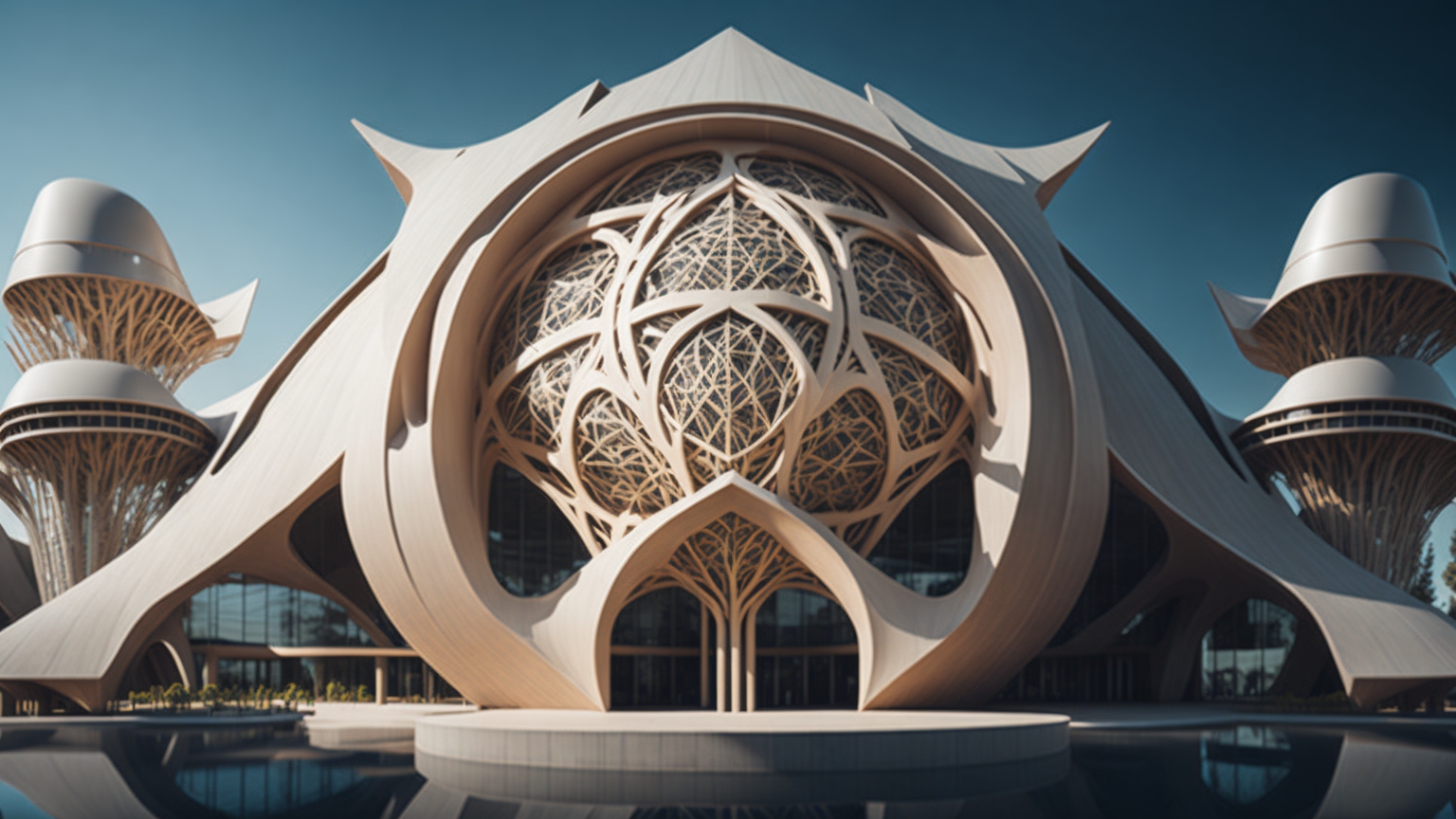IT in Architecture: From Design to Construction

Introduction
In the era of digital transformation, information technology (IT) plays an increasingly significant role across all sectors, including architecture. From design to construction, IT provides a wide array of innovative solutions, dramatically transforming traditional approaches. This article explores how IT is reshaping the architectural landscape.
Design and Planning
IT revolutionizes the initial stages of architectural design, primarily through Computer-Aided Design (CAD) and Building Information Modeling (BIM) tools. CAD allows architects to create detailed 2D and 3D models, improving precision and saving time. Meanwhile, BIM takes it further by providing a complete 3D model that contains detailed information about the building’s elements and systems. This holistic view facilitates better planning and can help prevent construction issues.
Moreover, augmented and virtual reality technologies let architects and clients virtually walk through designs. It enhances comprehension and enables better-informed decisions.
Construction
IT isn’t limited to design; it also streamlines construction processes. Advanced software helps project managers to schedule, track progress, and manage resources efficiently. Internet of Things (IoT) devices monitor construction sites, ensuring safety and identifying potential risks. Drones, on the other hand, can inspect difficult-to-reach areas and generate precise topographic maps.
Furthermore, 3D printing technology offers a fascinating prospect of creating buildings directly on construction sites, reducing human intervention to a minimum.
The Future and Challenges
As IT progresses, architecture is set to become increasingly dynamic and flexible. “Smart” buildings, which can adapt to environmental changes and inhabitants’ needs, are already under research.
However, it’s essential to remember that these technologies are mere tools that should serve human interests. The ultimate goal of architecture remains creating comfortable, safe, and aesthetically pleasing spaces for living and working. Therefore, the human factor and an architect’s professionalism continue to play a key role.
Conclusion
IT has become an integral part of modern architecture, accelerating the design process, enhancing planning accuracy, and overall improving building quality and safety. With the advent of new technologies, its role in architecture is expected to amplify.




